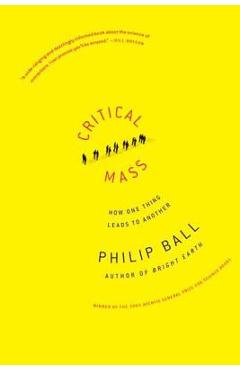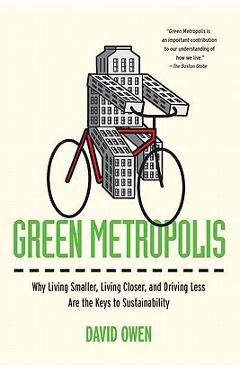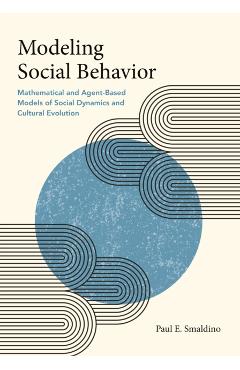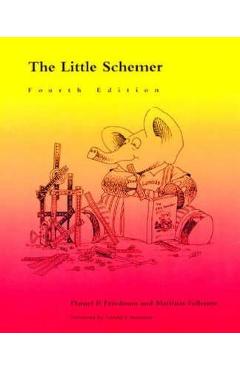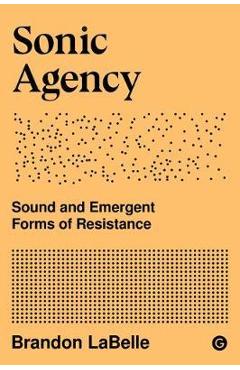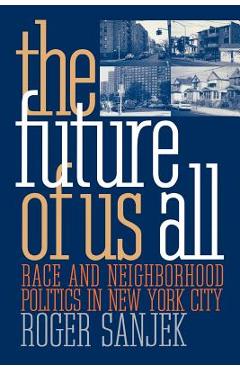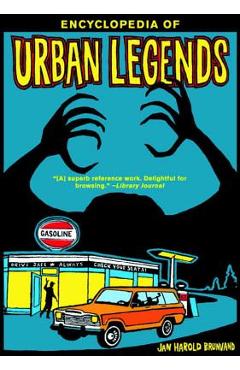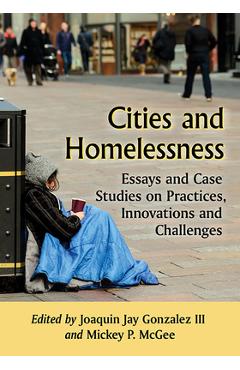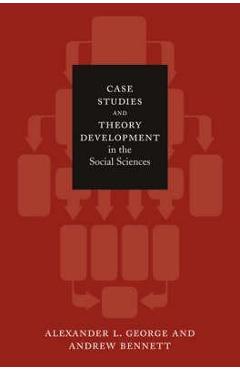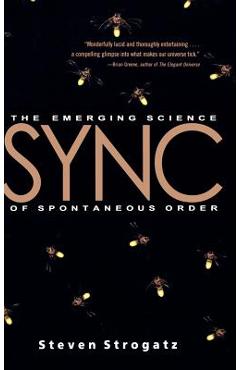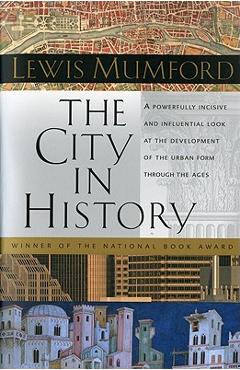Growing Artificial Societies: Social Science from the Bottom Up
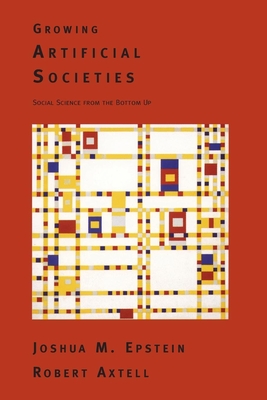
Growing Artificial Societies: Social Science from the Bottom Up
A Brookings Institution Press and MIT Press publication How do social structures and group behaviors arise from the interaction of individuals? In this groundbreaking study, Joshua M. Epstein and Robert L. Axtell approach this age-old question with cutting-edge computer simulation techniques. Such fundamental collective behaviors as group formation, cultural transmission, combat, and trade are seen to emerge from the interaction of individual agents following simple local rules. In their computer model, Epstein and Axtell begin the development of a bottom up social science. Their program, named Sugarscape, simulates the behavior of artificial people (agents) located on a landscape of a generalized resource (sugar). Agents are born onto the Sugarscape with a vision, a metabolism, a speed, and other genetic attributes. Their movement is governed by a simple local rule: look around as far as you can; find the spot with the most sugar; go there and eat the sugar. Every time an agent moves, it burns sugar at an amount equal to its metabolic rate. Agents die if and when they burn up all their sugar. A remarkable range of social phenomena emerge. For example, when seasons are introduced, migration and hibernation can be observed. Agents are accumulating sugar at all times, so there is always a distribution of wealth. Next, Epstein and Axtell attempt to grow a proto-history of civilization. It starts with agents scattered about a twin-peaked landscape; over time, there is self-organization into spatially segregated and culturally distinct tribes centered on the peaks of the Sugarscape. Population growth forces each tribe to disperse into the sugar lowlands between the mountains. There, the two tribes interact, engaging in combat and competing for cultural dominance, to produce complex social histories with violent expansionist phases, peaceful periods, and so on. The proto-history combines a number of ingredients, each of which generates insights of its own. One of these ingredients is sexual reproduction. In some runs, the population becomes thin, birth rates fall, and the population can crash. Alternatively, the agents may over-populate their environment, driving it into ecological collapse. When Epstein and Axtell introduce a second resource (spice) to the Sugarscape and allow the agents to trade, an economic market emerges. The introduction of pollution resulting from resource-mining permits the study of economic markets in the presence of
PRP: 343.58 Lei
Acesta este Pretul Recomandat de Producator. Pretul de vanzare al produsului este afisat mai jos.
292.04Lei
292.04Lei
343.58 LeiLivrare in 2-4 saptamani
Descrierea produsului
A Brookings Institution Press and MIT Press publication How do social structures and group behaviors arise from the interaction of individuals? In this groundbreaking study, Joshua M. Epstein and Robert L. Axtell approach this age-old question with cutting-edge computer simulation techniques. Such fundamental collective behaviors as group formation, cultural transmission, combat, and trade are seen to emerge from the interaction of individual agents following simple local rules. In their computer model, Epstein and Axtell begin the development of a bottom up social science. Their program, named Sugarscape, simulates the behavior of artificial people (agents) located on a landscape of a generalized resource (sugar). Agents are born onto the Sugarscape with a vision, a metabolism, a speed, and other genetic attributes. Their movement is governed by a simple local rule: look around as far as you can; find the spot with the most sugar; go there and eat the sugar. Every time an agent moves, it burns sugar at an amount equal to its metabolic rate. Agents die if and when they burn up all their sugar. A remarkable range of social phenomena emerge. For example, when seasons are introduced, migration and hibernation can be observed. Agents are accumulating sugar at all times, so there is always a distribution of wealth. Next, Epstein and Axtell attempt to grow a proto-history of civilization. It starts with agents scattered about a twin-peaked landscape; over time, there is self-organization into spatially segregated and culturally distinct tribes centered on the peaks of the Sugarscape. Population growth forces each tribe to disperse into the sugar lowlands between the mountains. There, the two tribes interact, engaging in combat and competing for cultural dominance, to produce complex social histories with violent expansionist phases, peaceful periods, and so on. The proto-history combines a number of ingredients, each of which generates insights of its own. One of these ingredients is sexual reproduction. In some runs, the population becomes thin, birth rates fall, and the population can crash. Alternatively, the agents may over-populate their environment, driving it into ecological collapse. When Epstein and Axtell introduce a second resource (spice) to the Sugarscape and allow the agents to trade, an economic market emerges. The introduction of pollution resulting from resource-mining permits the study of economic markets in the presence of
Detaliile produsului









